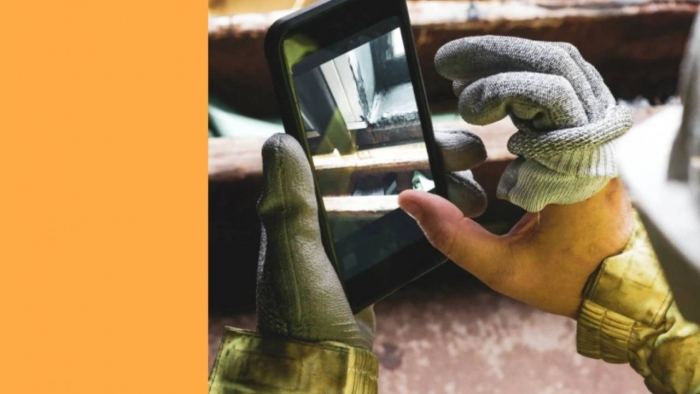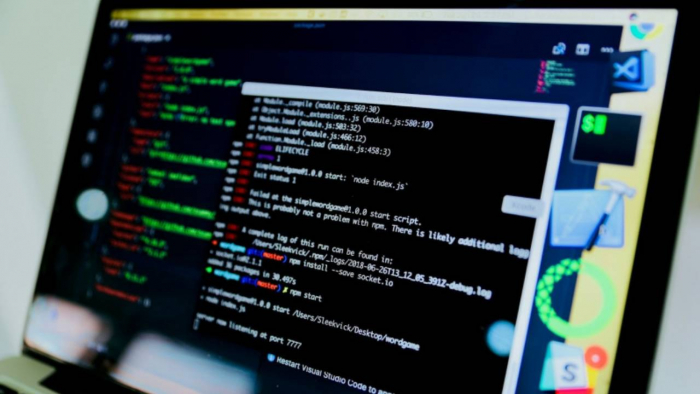New cryptocurrency projects are being built at a rapid pace, but strong ideas alone aren’t enough to gain traction. Behind every successful launch is a layer of software doing the heavy lifting, handling development, security, fundraising, and user interaction. From writing smart contracts to setting up token sales, software tools are what allow crypto projects to go from a whitepaper to a working product that people actually use.
Here’s how software helps early-stage crypto projects build momentum, grow their user base, and stay competitive.
Software Makes Development Possible

Most new crypto projects start on existing blockchain platforms like Ethereum, Solana, or Avalanche. These blockchains offer the framework developers use to create smart contracts and decentralized applications (dApps). Without that base layer of software, there would be no way to launch a token, run a staking pool, or build a decentralized exchange.
Development tools such as Hardhat or Foundry help teams test and deploy their code safely. Libraries like Web3.js or Ethers.js allow those apps to connect with crypto wallets and blockchain data. For developers, these tools save time and reduce errors. For users, they make things easier to interact with.
And for any project to grow, speed matters. Software upgrades like Layer 2 networks and rollups improve how many transactions a blockchain can process. That helps newer tokens and apps scale faster without frustrating users with slow speeds or high fees.
Raising Funds with Software-Driven Platforms
Early-stage crypto teams usually need funding before they can build out a product. That’s where token sales come in. Whether it’s an ICO, IDO, or STO, the actual process of raising money happens through software platforms.
Today’ top ICOs are often powered by smart contracts that handle token distribution, investor contributions, and wallet whitelisting automatically. It reduces manual work and increases transparency. These platforms allow startups to reach a global pool of backers, something that would be impossible with traditional fundraising models.
What’s more, fundraising software today comes with built-in compliance features like KYC (Know Your Customer) checks and identity verification. This helps founders follow regulations and keeps bad actors out of the process. For investors, it’s easier than ever to track token vesting schedules, access dashboards, and receive updates, all managed by software.
Community Tools Built Into the Stack
A crypto project can’t survive without a community. People want to know what’s happening, share feedback, and vote on major decisions. Software helps support those efforts in a structured way. Decentralized Autonomous Organizations (DAOs), for example, use voting software built on smart contracts. These tools let token holders propose ideas or approve changes. It keeps everything transparent and ensures that the people using the product have a say in how it develops.
Outside of formal voting, other tools help with everyday communication. Chatbots on Discord, Telegram integrations, and notification systems help founders stay in touch with their communities. Analytics dashboards and governance forums give users insight into the project’s direction and performance. Without these communication tools, it’s easy for users to feel disconnected. Software helps keep the community active and informed.
Software Makes Security Stronger
One weak spot in a smart contract can ruin a project. That’s why security software is just as important as any user-facing feature.
Auditing tools, therefore, automatically scan smart contracts for bugs. They check for vulnerabilities before the code goes live. Many teams also run bug bounty programs through platforms like Immunefi, which use software to track reports and reward researchers.
Ongoing monitoring tools help flag suspicious activity, track wallet movements, and alert project teams before things escalate. These systems are powered by APIs and scripts that analyze data in real time. When a project handles security well, users feel safer using the product, and that leads to growth.
Integration and Compatibility Keep Projects Relevant
Even the best crypto app won’t succeed if it can’t connect with the tools people already use. Most users expect a new token or dApp to be available on major wallets and exchanges. This level of access is only possible because of software integrations.
For example, crypto bridges help users move assets between chains. Certain wallet providers use APIs to connect with new networks. Indexing tools also let apps pull blockchain data without writing every query from scratch.
Final Thoughts
Software isn’t just a support tool in crypto; it’s the foundation. Everything from token creation to fundraising, governance, and security relies on it. For new projects entering the space, the right software stack can mean the difference between gaining early traction and getting lost in the noise.
It’s not always the loudest projects that win. Often, it’s the ones built with the strongest tools, and the smartest use of those tools, that stand the best chance of lasting.
Post Comment
Be the first to post comment!





